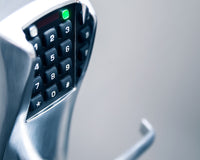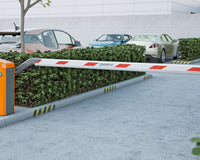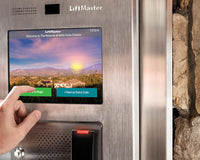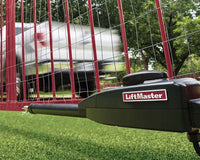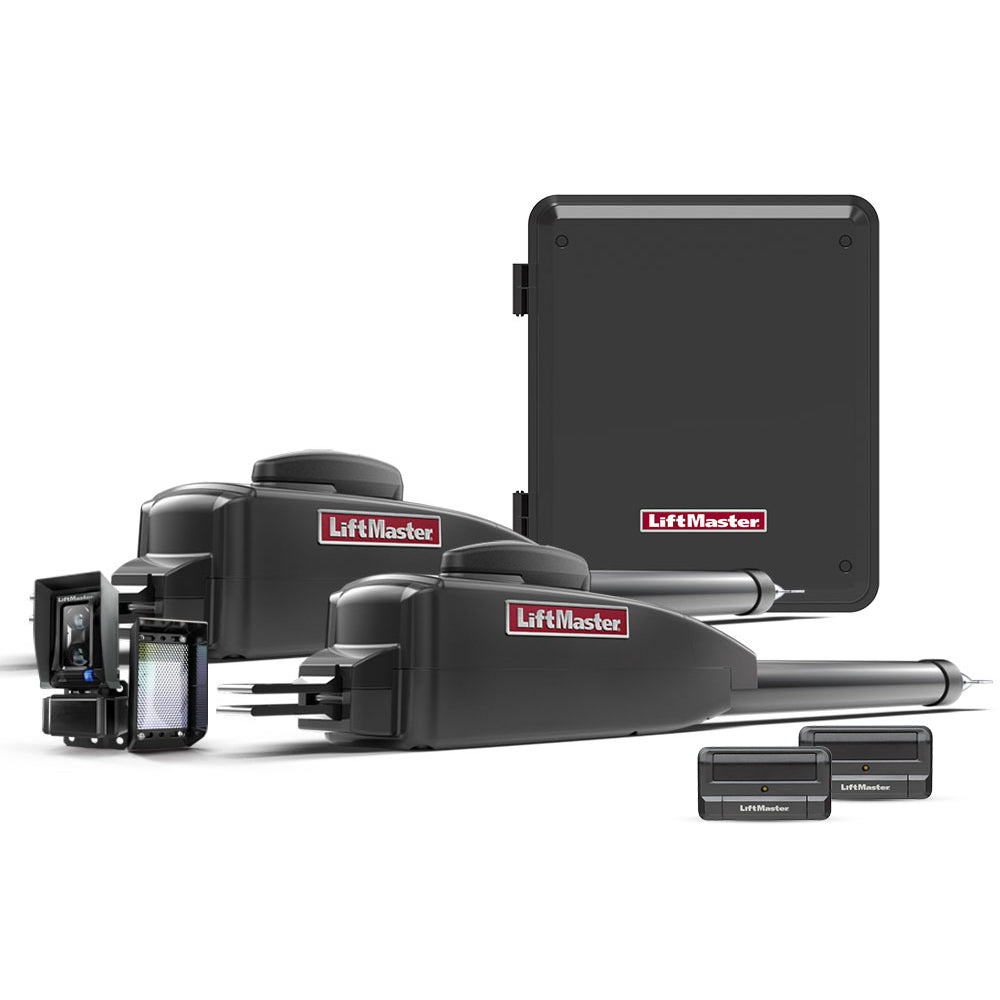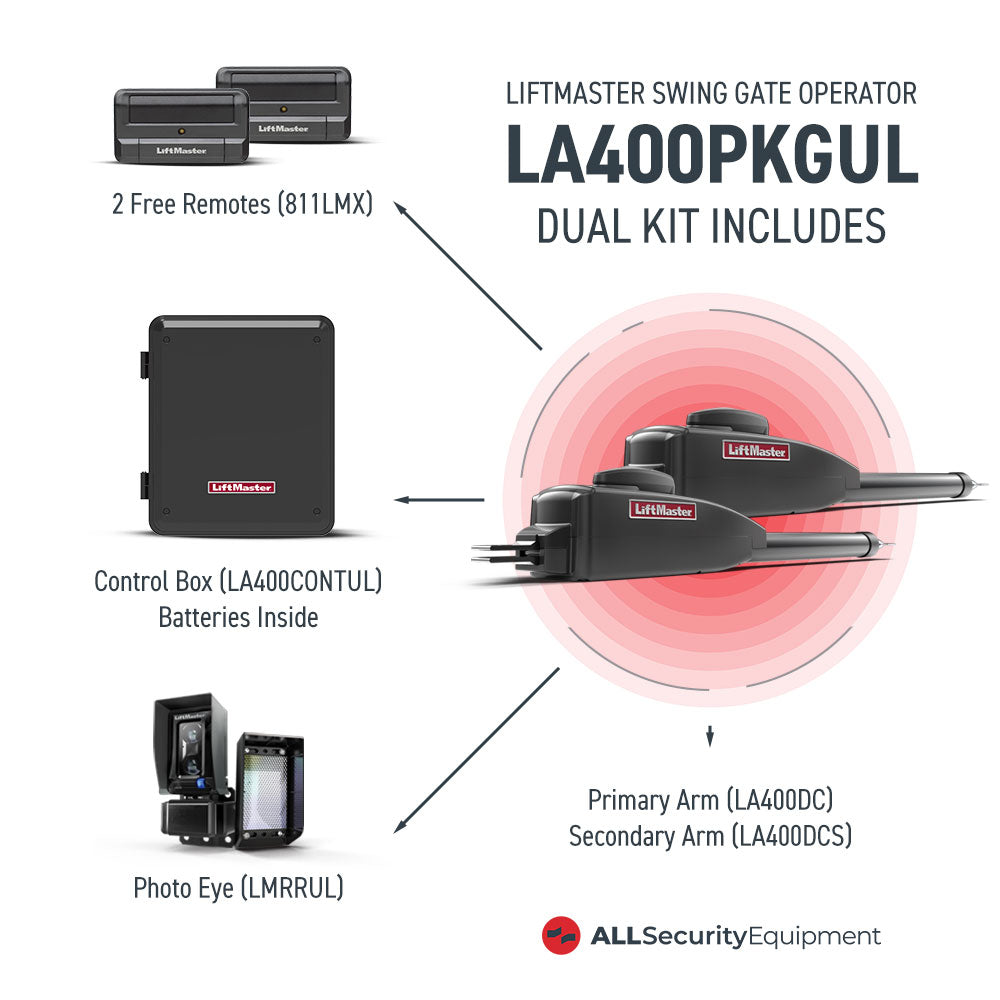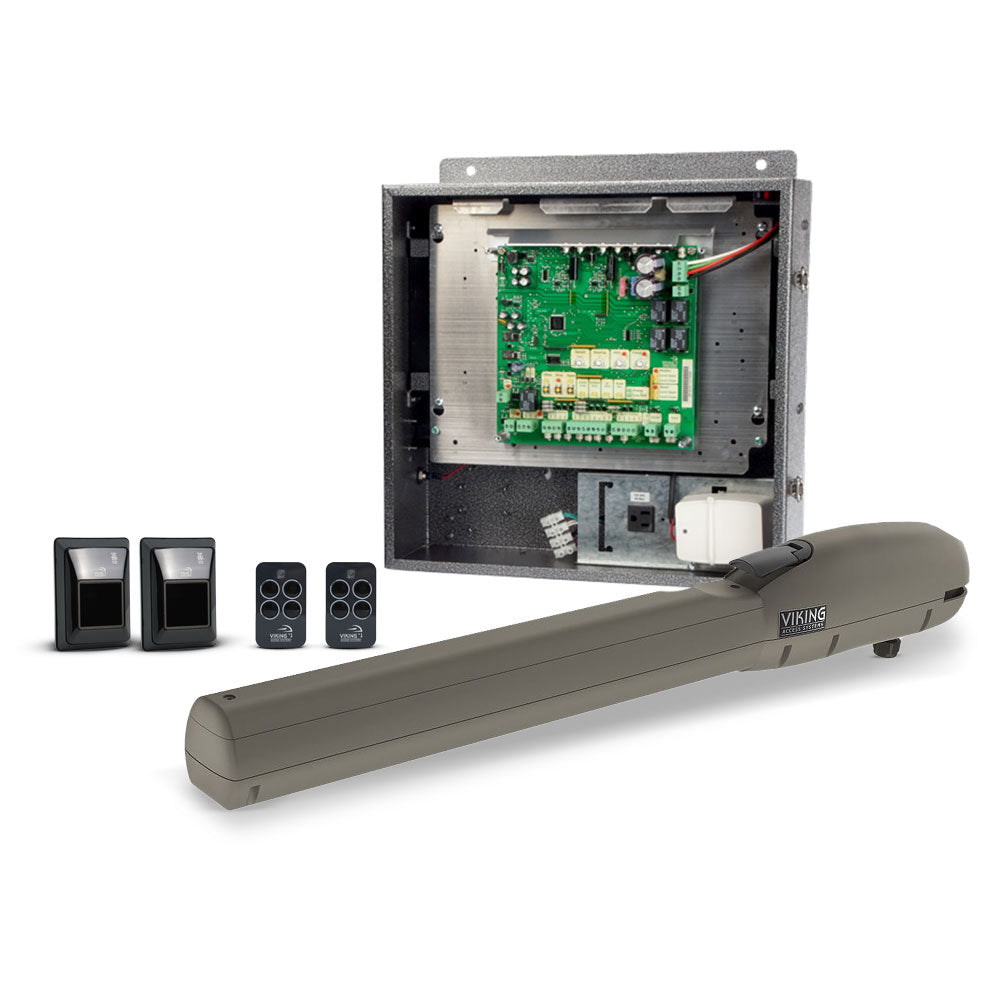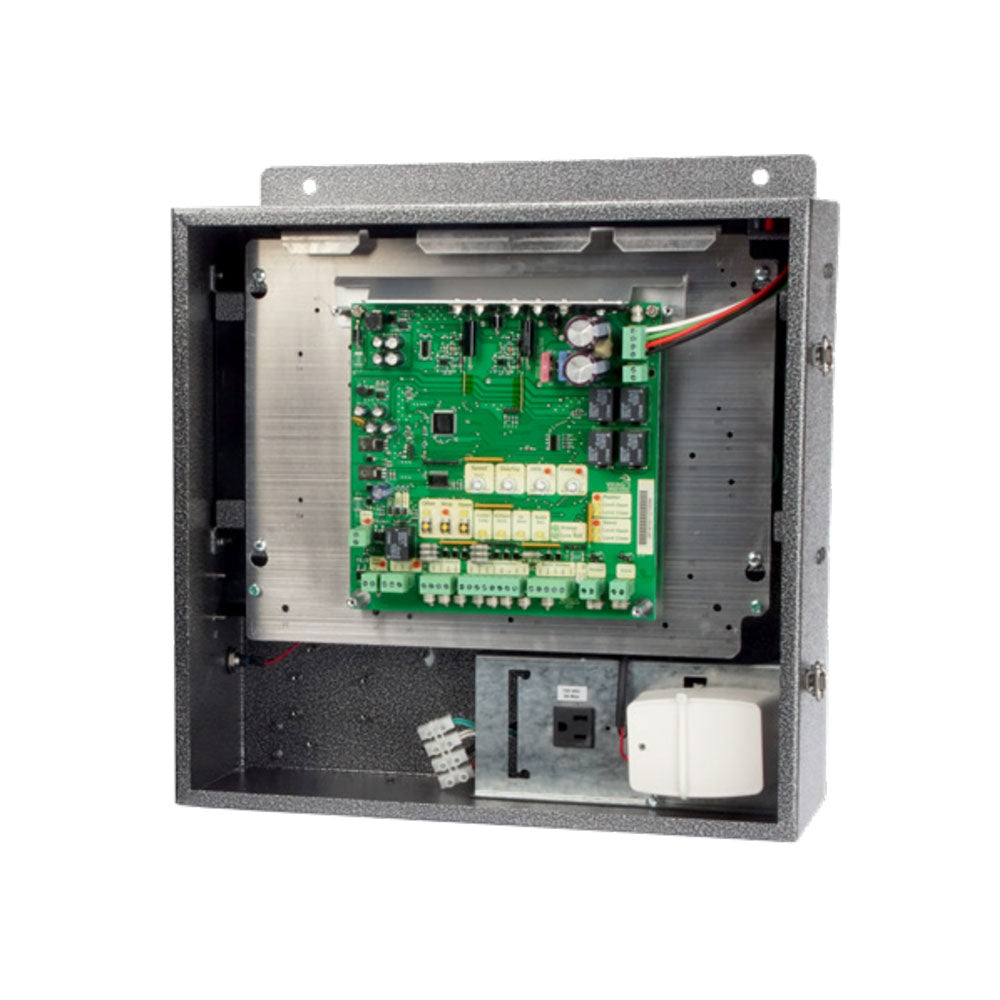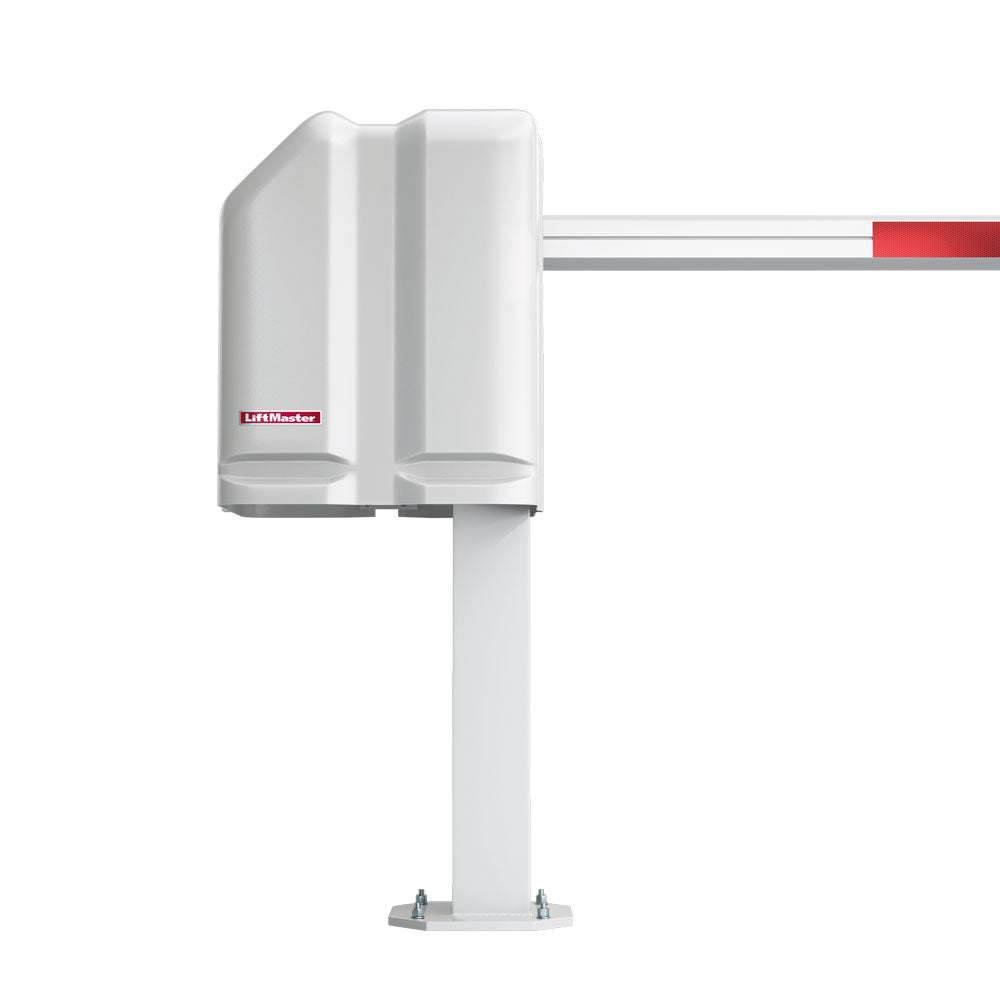In senior living communities, safety is not just a regulatory requirement—it’s a strategic investment. The right security systems reduce risk, protect residents, support staff, and drive long-term cost savings.
This article explores how proactive safety upgrades offer measurable returns, turning your senior living security budget into a smart business decision.
The Financial Risks of Inadequate Security
Security failures often result in significant—and avoidable—financial loss. Common risks include:
-
Theft of resident property, medications, or equipment
-
Injury claims from slips, falls, or unauthorized access
-
Elopement or wandering incidents
-
Regulatory penalties for non-compliance
-
Insurance premium increases after a claim
A single injury-related lawsuit can result in a $30,000 to $100,000 settlement. Medication theft can lead to regulatory violations and reputational damage.
Security System ROI in Healthcare Settings
Security systems in healthcare and elder care environments generate measurable ROI by reducing liability, improving operational efficiency, and supporting compliance.
|
Investment |
Outcome |
ROI Value |
|
Evidence for legal defense, theft deterrent |
$5K–$50K per incident |
|
|
Prevents unauthorized entry and misuse |
Reduced risk + time savings |
|
|
Emergency Alert Systems |
Faster response time |
Reduced hospital costs |
|
Visitor Management Tools |
Supports audits and infection control |
Compliance and accountability |
Budget Scenario: Cost vs. Savings
A facility invests $12,000 in smart access control. That investment helps prevent:
-
One medication theft valued at $5,000
-
A potential elopement incident that could result in a $20,000 claim
-
An estimated $2,400/year in staff time redirected to resident care
Annual savings: approximately $27,400.
Break-even period: Less than 12 months.
This example illustrates the cost-benefit of security in assisted living and highlights how strategic upgrades protect more than people—they protect financial stability.
Strategic Allocation of Your Security Budget
Security planning should begin with areas of highest risk and operational exposure. Consider prioritizing:
-
Entrances and exit points
-
Medication storage and administration areas
-
Resident hallways and stairwells
-
Outdoor and parking areas
Benefits Beyond Risk Reduction
Modern security technology contributes to a more efficient and accountable environment:
-
Staff gain access to actionable data through access logs and alerts
-
Leadership benefits from compliance-ready documentation
-
Families feel reassured by visible, well-maintained systems
-
Communities enhance their brand reputation through proactive safety measures
A strong security program also supports staffing by reducing burnout from manual checks and improving response coordination.
Making the Business Case for Safety
Facility operators and executives can quantify the value of security investments by tracking:
-
Reduced incidents
-
Decreased claims and premiums
-
Time savings across departments
-
Improved survey and inspection outcomes
When evaluating how to pay for assisted living infrastructure improvements, these metrics support confident, data-backed decisions.
Conclusion: Invest with Purpose
Security systems do more than reduce risk—they create long-term operational and financial benefits. By treating safety as a strategic line item, senior living communities can protect what matters most: their residents, their staff, and their financial health.
Explore solutions built for long-term care, personal care, and assisted living at All Security Equipment.


